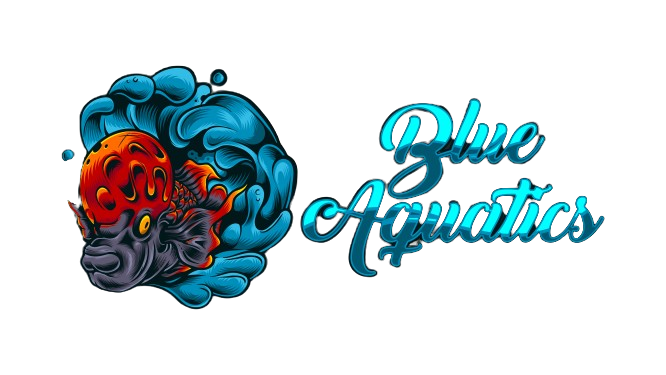A Comprehensive Guide on Treating Cloudy Eye in Discus Fish
Discus fish, with their vibrant colors and graceful presence, are a joy to behold. However, when a discus develops cloudy eyes, it can be a cause for concern. In this detailed guide, we’ll navigate the waters of cloudy eye problems in discus fish, exploring the causes, symptoms, and, most importantly, the steps to effectively treat and prevent this issue. Written in easy-to-understand language, this blog aims to empower fish enthusiasts with the knowledge to bring back clarity to their discus’ eyes and ensure their aquatic companions thrive in a healthy environment.
Section 1: Understanding Cloudy Eye in Discus Fish
Before delving into treatment, let’s understand what cloudy eye is and why it occurs:
- What is Cloudy Eye?: Explore the common term “cloudy eye” and how it manifests in discus fish.
- Causes of Cloudy Eye: Understand the various factors that can lead to cloudy eye issues in discus, such as infections, injuries, or underlying health conditions.
Section 2: Identifying Symptoms of Cloudy Eye
Recognizing the signs of cloudy eye is essential for early intervention:
- Opaque or Cloudy Appearance: Learn to identify the cloudy or hazy appearance in one or both eyes of your discus.
- Changes in Behavior: Understand how cloudy eye might manifest in altered swimming patterns or changes in feeding behavior.
- Redness or Swelling: Recognize additional symptoms like redness or swelling around the affected eye.
Section 3: Isolating the Affected Discus
Creating a separate space for treatment is crucial to prevent the spread of potential infections:
- Quarantine Tank Setup: Establish a quarantine tank with suitable water parameters and minimal stress-inducing factors.
- Gentle Handling: Carefully transfer the affected discus to the quarantine tank to minimize stress and further injury.
Section 4: Water Quality and Parameters
Maintaining optimal water conditions supports the healing process:
- Regular Water Changes: Emphasize the importance of frequent water changes to ensure clean and pristine conditions.
- Maintaining Stable Parameters: Discuss the ideal temperature, pH, and other water parameters for discus fish recovery.
Section 5: Medication and Treatment Options
Explore various treatment methods and medications for cloudy eye:
- Antibiotics: Discuss the use of antibiotics to address potential bacterial infections causing cloudy eye.
- Salt Baths: Explore the benefits of salt baths in promoting healing and reducing inflammation.
Section 6: Proper Nutrition for Healing
A nutritious diet plays a vital role in supporting the recovery process:
- High-Quality Fish Food: Provide a well-balanced and nutritious diet to boost the discus’ immune system.
- Supplements: Consider adding supplements like vitamins or immune boosters to enhance overall health.
Section 7: Monitoring and Adjusting Treatment
Regular observation is key to assessing the progress of the treatment:
- Adjusting Medication: Modify medication or treatment methods based on improvements or any adverse reactions.
- Patience is Key: Understand that healing takes time, and patience is crucial for successful recovery.
Conclusion
In conclusion, treating cloudy eye in discus fish involves a combination of proper diagnosis, a suitable treatment plan, and attentive care. By understanding the causes, recognizing symptoms, and implementing timely and appropriate measures, fish enthusiasts can significantly improve the chances of a full recovery for their beloved discus. Remember, a proactive and caring approach to fish health is vital for a harmonious and thriving aquarium environment. May your discus fish soon regain the clarity and vibrancy that makes them a cherished part of the aquatic world. Happy fishkeeping!


